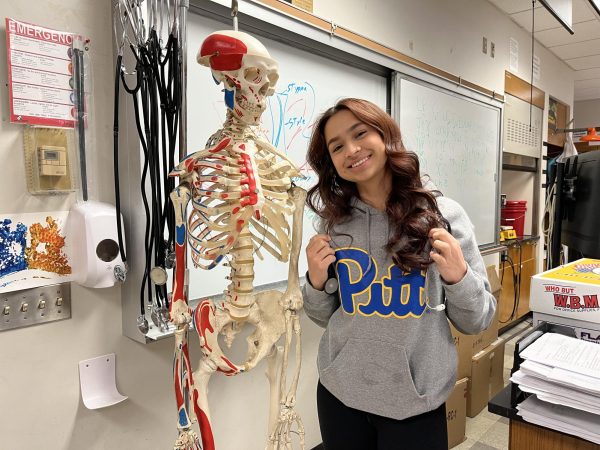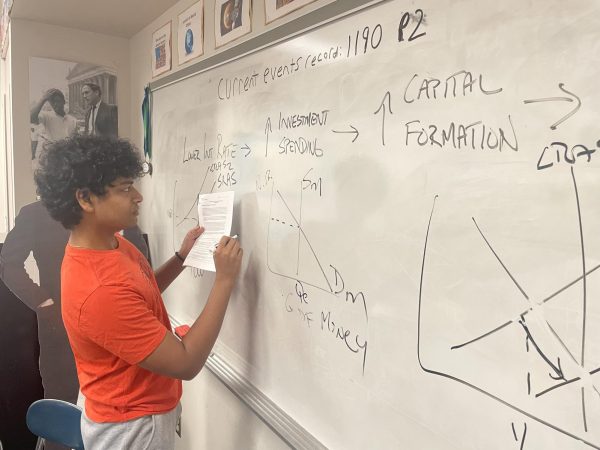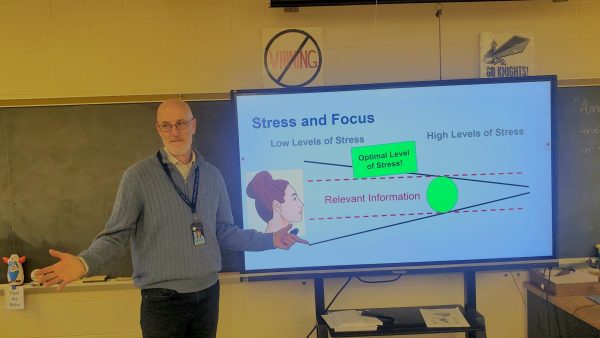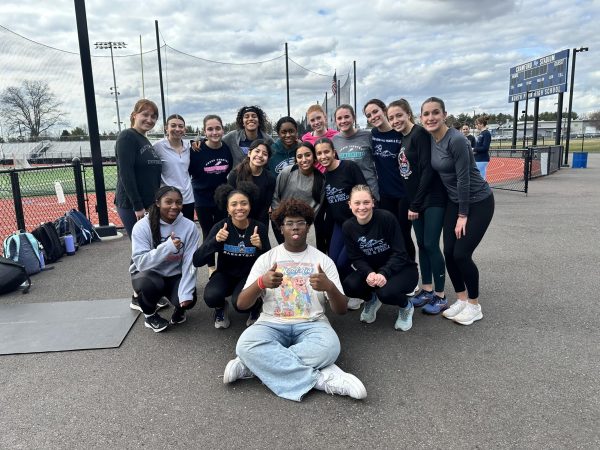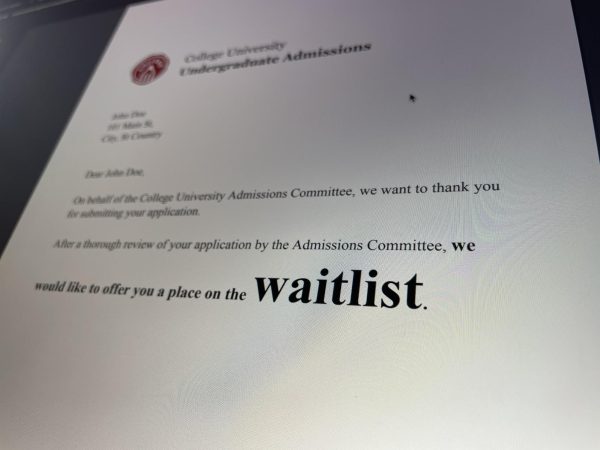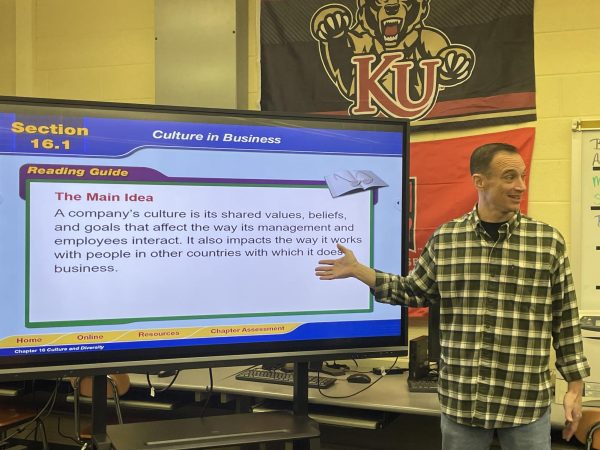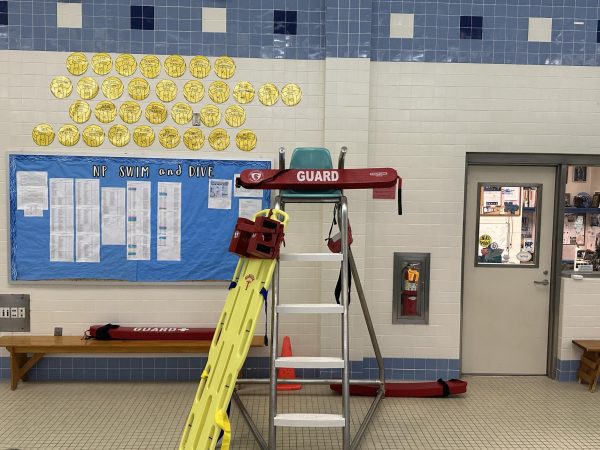As society becomes ‘technology-dependent’, school technology increases
NPHS sophomore Nicole Noel spends time in the library to gather research for an upcoming project.
Technology plays a big part in millions of lives, as, according to Daily Mail, the average person spends 8 hours and 41 minutes per day on electronic devices. It’s biggest influence seems to be with teenagers who are in school six hours a day.
At North Penn High school, technology plays a large role in the daily agendas of almost all of its 3,000 students. Each morning, droves of students pour into the library, and most, if not all, are using the computers.
“In February, when there were only 20 days of school, we averaged 870 students per day and 17,400 students for the month. Last year, over 97,000 students visited the Independent Media Center (IMC) and we hope to have over 100,000 visits this school year,” explained librarian Mrs. Stormy Vogel.
Having access to the technology in the library and the knowledge of how it all works contributes to students’ abilities to master tasks much easier. Multiple studies show that having access to technology increases motivation and self-esteem, technical skills, accomplishments of more complex tasks, and more collaboration with peers.
“The overall effect of having technology in the library is the ability for anyone to access information at any time,” said Vogel “Students and teachers now rely on technology for teaching and learning. Much of the information the library offers is through electronic resources (databases, ebooks, websites, etc.) It is important that libraries offer these resources.”
The library has become a crucial part of the high school, as students come to use many different resources that the library offers.
“It is important to have technology in school so that we can teach students how to use it. Locating, accessing, evaluating and synthesizing information is critical to learning. Some students may not have access to electronic information outside of school, so it is important that they are able to access information while they are in school,” Vogel added.
Technology is a necessity in highly visited places like the library and in more interactive places like the classroom.
“One of the purposes of technology is to make a task more efficient or effective, and that applies to tasks in English class as well,” shared North Penn English teacher, Mrs. Lisa Lawler informed “Some of my students use technology to communicate with one another about their writing and to gain peer feedback. Students use my website to download documents or access resources. Online databases help students gain access much more quickly to literary criticism, and the internet can be a wonderful source of information about grammar, writing, history, etc. Technology can help engage students in review games and activities and allow students to interact with one another and share discussions about literature or writing beyond the classroom and school day. There are many ways to use technology to aid communication and knowledge, and I think if used for that purpose, it is always effective.”
In addition, technology in places you wouldn’t expect as much like the health classes have become a big help as pertains to feedback and grading.
“One of my favorite ways that the technology use in health has benefitted me as a teacher is when students are taking an assessment. Students receive instant feedback on each question, and students can easily monitor their progress and grade after every question,” Health and physical education teacher, Mrs. Kathryn Grunmeier commented. “In the past, students would typically have to wait for me to grade tests and wait until the next class period to go over answers and explanations, but now with the instant feedback and explanations, there is no waiting and class time is also saved.”
Overall, technology is a necessity to have in and out of school, for it provides a way to expand people’s communication and knowledge of the world around them.
As information and intellectual exchange have become almost instant, students can use ever changing technology to interact with other students anywhere in the world which aids in the students engagement at all times.
“Our society is becoming more technology-dependent, so I definitely believe it is necessary to help prepare students for real world applications,” Grunmeier added “Kids are constantly hooked to the latest apps and trends, so for us teachers to incorporate different ways of learning and engaging our students is imperative. Students are more interested when there is a new or different way of learning or assessing information.”



